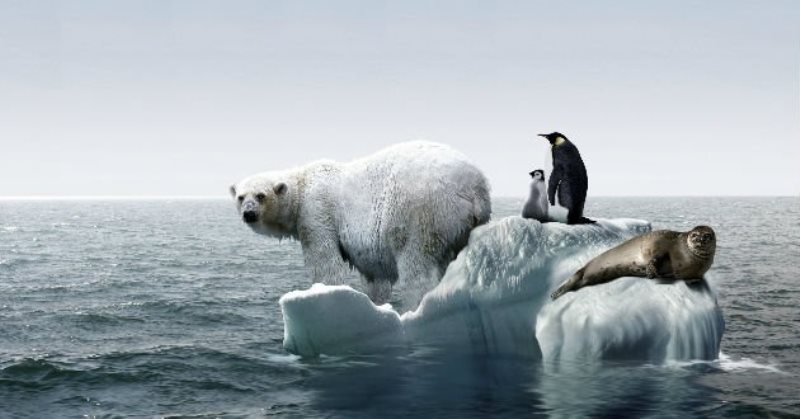Marta Montojo
Madrid, .- In an effort to find new ways of telling the ecological crisis and fleeing from the images of starving polar bears, photojournalism is increasingly focused on exposing the consequences of climate change on humans, such as migrations, conflicts by resources or the loss of cultural traditions, among other impacts.
This was pointed out to EFE by various photojournalists awarded with the World Press Photo 2023, whose projects focused on showing the most human face of agrochemical contamination in Mexico, as well as the drought in Peru or the United States.
Lhe interviewees do not believe it is a coincidence that almost half of the works recognized with this award in their regional category portray issues related to the ecological crisis: from the oil spill off the Peruvian coast to the rise in sea levels in Egypt or the Lack of water in Central Asia.
It is the reflection of a trend, says the photographer Jonas Kakó, who believes that visual journalism is betting more and more on stories related to the environmental crisis, after acknowledging that it is the “most pressing problem of our time,” he details to EFE.
This German journalist began his career with a focus on the climate emergency: his first major project was a report on Isle de Jean Charles, a small island on the Louisiana marshes (USA) inhabited by the first community of climate displaced people in this country, pushed by the rise in sea level that is making their territory disappear.
In this case, Kakó has been awarded for a photograph in which he captures how water stress in the Colorado River basin reduces bee populations and, therefore, honey production and the quality of life of beekeepers.
“Heat and drought weaken bees, making them more susceptible to pathogens and parasites, and impact the plants they feed on. Between 2019 and 2020, managed honey bee colonies decreased by 43.7% across the US”, explains Kakó in his photo-report “The Dying River”.
For the journalist Alessandro Cinque, telling the story of the Peruvian alpaca communities was a way of expressing the relationship between the climate crisis and, at the same time, social inequality in the country, where “the humblest people are the ones who suffer the most.” measure the effects of global warming.
Their work exposes the threat that abnormal rainfall poses to the alpaca tradition, as longer periods of drought are compromising the natural pastures that feed the alpacas on which these Andean peoples depend.
According to an account to EFE from Lima (Peru), Cinque also wanted to show the internal displacement to which these towns are forced: “they are forced to migrate two or three times a year to higher or lower altitudes, depending on where the most favorable conditions at all times.
In some cases, alpaca families surrendered to these growing difficulties choose to completely abandon their lifestyle and look for work in low-lying cities, highlights the World Press Photo website.
The report, which was on the cover of National Geographic magazine, also reflects the danger that climate change poses for the generational replacement of the alpaca culture and to ensure its continuity in the future, since the children of alpaca farmers do not see an economic activity that is profitable yes it was 30 years ago, says Cinque.
Another photographer, Cristopher Rogel Blanquet, also tells EFE how he approached environmental issues: although he already had a certain ecological awareness, there is a growing availability of funds and opportunities to develop visual journalism work on the climate crisis or the loss of biodiversity which was key in helping him delve into these problems.
Starting from a particular case that he had known about as a child, Rogel focused on the chemical contamination after the cultivation of flowers in Mexico and portrayed the health condition and the “negligence” on the part of the health authorities and the agro-industry that suffer different flower growing families in Villa Guerrero.
His ‘Beautiful Poison’ project, which he started documenting in 2020 and will continue to follow for at least two more years, has made him even more aware of the climate and ecological urgency and the need to address these issues in his work.
He realized that the problem, far from being in the flowers or in a specific polluting sector, lies “in all the massive dynamics that the population has” and whose impact on the planet “I don’t know to what extent is already irreversible.” EFE
mmt/ie
